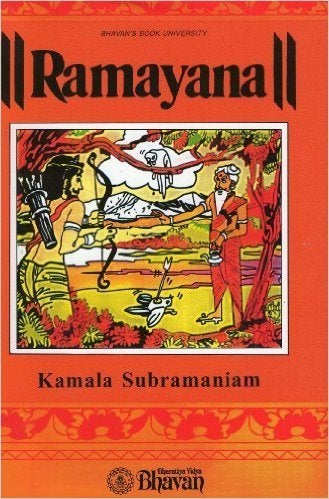In the Indian temple town of Nathdwara, which translates as "The Gates of the Lord," followers of the Hindu Pushtimarg sect venerate an image of the god Krishna as a 7-year-old child. Founded in the 16th century, the denomination is little known, even within India. But its rich aesthetic traditions have captured the imagination of scholars and curators around the world.
"Gates of the Lord," an exhibition at the Art Institute of Chicago, brings these traditions alive with elaborate paintings and textile hangings that depict Krishna's younger incarnation, known as Shrinathji.
Madhuvanti Ghose, the show's curator, noted the "cloistered" nature and "private devotions" of the Pushtimarg sect. "Even today, phones and cameras are not allowed within the precincts of its main temple at Nathdwara," Ghose said in a press release. "Thus, outside of the sect, there is little appreciation of its unique traditions that have been strictly preserved and elaborated upon since the 16th century.”
The exhibition includes drawings, pichvais (textile wall hangings), paintings and historic photographs. The show runs through Jan. 3, 2016.
“This is a chance to showcase this very special artistic tradition to our audiences in the United States," Ghose said in the release. "Nathdwara and its artists are renowned for having preserved painting traditions in an unbroken legacy for more than four centuries. The exhibition provides us with an opportunity to celebrate these living traditional artists who have gone unrecognized for too long.”
See a sampling from the "Gates of the Lord" exhibition below. All captions are taken from the "Gates of the Lord" catalog and written by curator Madhuvanti Ghose.










Also on HuffPost:

